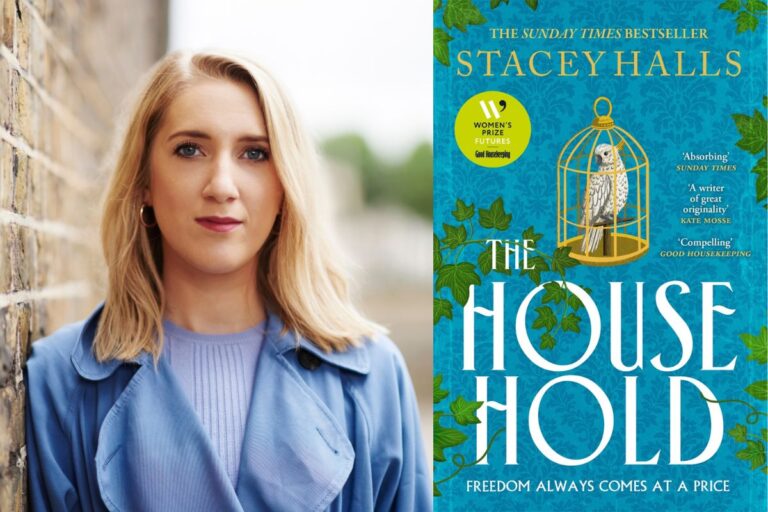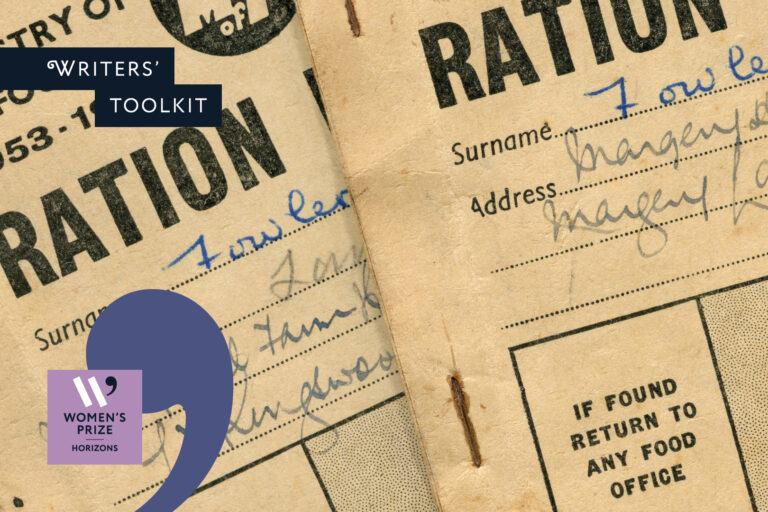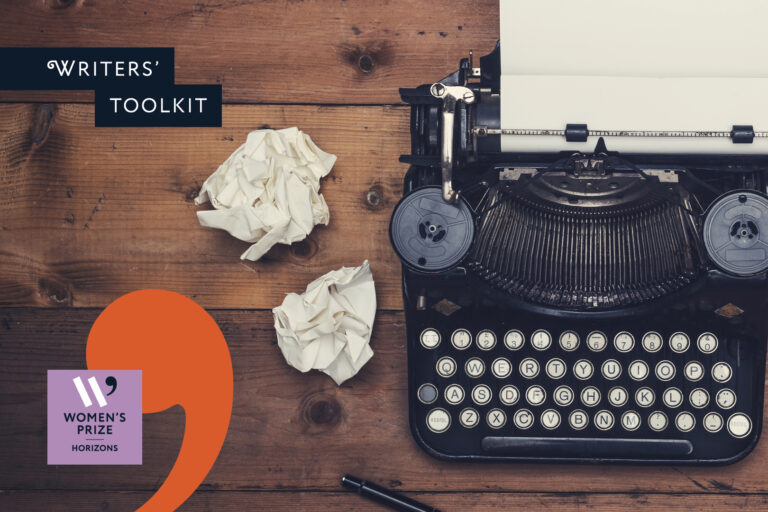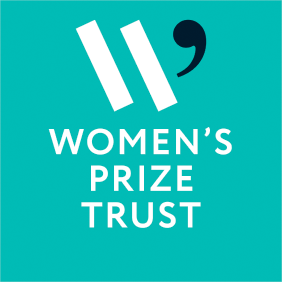Written by Sarah Braybrooke
If you’re a factual writer – whether a researcher, reporter, or anyone interested in writing compelling non-fiction, you will have pondered the parameters of your story.
How do you take a huge, messy subject with no clear start, middle and end, and turn it into a coherent narrative? And how do you do this whilst preserving factual accuracy? Here are three key things to consider:
1. Find the scale
How big is your story? Some books have their genesis in a specific incident or set of characters, but they are part of a much bigger phenomenon. If you’ve spent a long time researching a particular moment or person, try zooming out. What are they representative of? How can you tie them in to wider societal trends or philosophical themes? Conversely, if you’ve been working on a grander scale, try zooming in and connecting with a more personal angle. Using a smaller canvas can make a bigger impact. An example of this is A Small, Stubborn Town by Andrew Harding, which examines the Russian invasion of Ukraine using just a handful of characters and following them closely over the first few days of the war. The result is a picture of the conflict in microcosm.
2. Find the timeframe
The best topical non-fiction imparts a sense of urgency, but if you’re writing about a particular moment in time, consider looking further back to add context. Written by an anonymous female activist, In The Streets of Tehran is a powerful work of reportage about the current wave of protests taking place in Iran. It depicts how women and men are fighting back against the regime, risking their lives in the process. But the book also looks to the past, recounting the life of a 19th century radical female poet to help show how this moment is part of a wider legacy of resistance. Great writing about current events is a first draft of history.
3. Find a voice
Where are you in the story? Classical non-fiction strove for an impartial, omniscient tone, and there are plenty of books written today which attempt an objective approach. But great writers have experimented with putting themselves in the story, often to brilliant effect. Playing with narrative voice and allowing yourself to appear as a character can strengthen the relationship with the reader and allow for a greater technical range. Contemporary writers including Mark O’Connell, Emmanuele Carrère, Rachel Cusk and Geoff Dyer deploy the first person with flair. Inspiration can also be found in the timeless work of Natalia Ginzburg, Vivian Gornick, Ernest Hemingway, Truman Capote, and of course, Joan Didion.
__________
Sarah Braybrooke heads up Ithaka Press, a new literary imprint at Bonnier Books specialising in narrative nonfiction and literature in translation. @srbraybrooke








